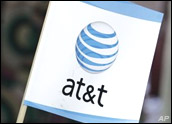
In a nod to its recent success and an expression of confidence in its future, AT&T will boost its dividend by the largest amount ever and buy back as many as 400 million shares of its own stock.
The AT&T board of directors voted to increase the company’s quarterly dividend rate from 35 US cents per share to 40 cents per share. On an annual basis, the dividend rate rose from $1.42 to $1.60 per share, an increase of 12.7 percent — the largest annual boost in the company’s history.
The board also approved a massive stock buyback program, authorizing the 400 million share purchase, which would represent 7 percent of the total outstanding with a value of just under $16 billion worth of stock at current prices.
Growing the Business
AT&T will exercise the right to buy back shares based on trading prices and other market conditions between now and the end of 2009, it said.
The telecom giant said it already bought back $13 billion worth of its own stock through a program that ended earlier this month.
AT&T shares moved higher by more than 6 percent on the news to $40.30.
The action “reflects the strength of AT&T’s operations, and our board’s confidence in the future of our business and our ability to continue to deliver strong results,” noted AT&T CEO Randall Stephenson. “AT&T has great assets in a growth industry, and we’re excited about the opportunities we have to continue to grow our business while also delivering value to shareowners.”
Masters of the Universe
Indeed, the moves seem to underscore how well AT&T has navigated the massive wave of consolidation that hit the telecom sector over the past five years, which saw the onetime phone monopoly rebuild itself through the rollup of regional carriers as a national wireless powerhouse.
AT&T and Verizon have used the consolidation wave and the aftermath to separate themselves from the rest of the pack in the telecom space, industry analyst Jeff Kagan told the E-Commerce Times.
“AT&T has excelled by taking advantage of the consolidation trend that is changing the telecom industry,” he said. “Ten years ago, it was the smallest Baby Bell, and today it is the largest, and it is selling all the services — telephone, television, wireless and Internet.”
Most recently, AT&T has benefited from the partnership with Apple on the iPhone, which has helped boost an already strong wireless unit. AT&T has signed 2 million users to two-year iPhone contracts and the gadgets users are producing higher monthly revenue for the carrier because they are more likely to use data services than other subscribers.
“Wireless is a big part of that mix, but other parts of the business like business services and Internet products are also growing quickly” for both Verizon and AT&T, Kagan added.
Second U-Verse
The buyback likely suggests AT&T is not about to pull the trigger on a long-rumored acquisition of satellite TV provider Dish Network. Instead, it seems committed to investing billions in rolling out its fiber-optics network capable of delivering video services.
Such services are a key part of the long-range growth plan for all telecoms, especially because some parts of the wireless business are maturing rapidly, Yankee Group analyst John Jackson told the E-Commerce Times.
“Right now, wireless is the growth engine, but that won’t last forever,” Jackson said.
Raising Targets
Video service is one area where AT&T has lagged behind Verizon. The company had 126,000 customers for U-verse at the end of the third quarter, below where it was expected to be at this time.
However, AT&T is raising its targets for how many potential users its U-verse video service will reach by the end of 2011, Stephenson said. The company now says 30 million customers will have access to U-verse by that time.
“Verizon has an early lead into more markets with their FiOS (Fiber Optic Service) product, but AT&T looks like they are getting ready to make up for lost time in 2008,” Kagan said. “Through all the change during the last few years, AT&T seems to be batting one thousand. It will be interesting to watch the next few quarters and years unfold.”


























































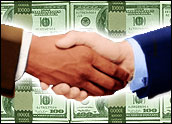

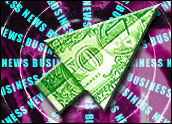










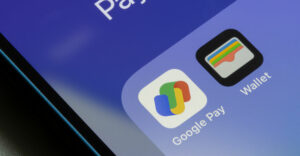


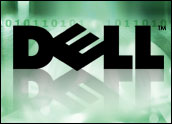

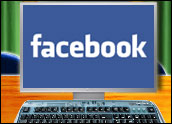


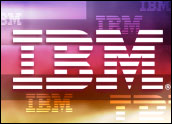












Social Media
See all Social Media